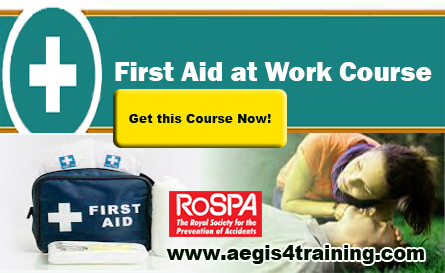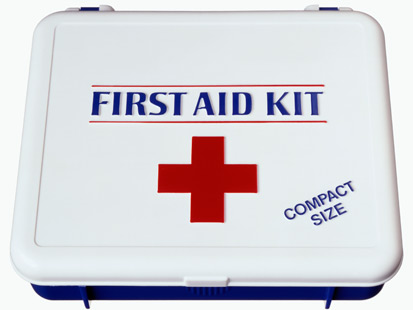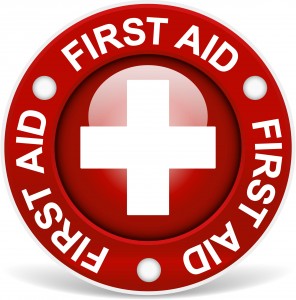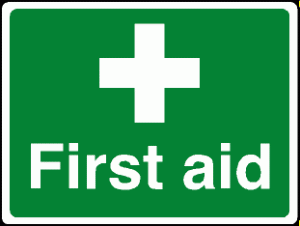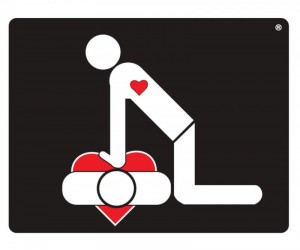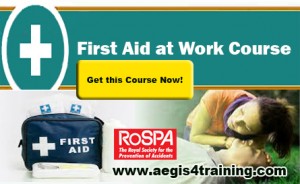Criteria for first aid training
All first aid training providers will need to be able – and should be prepared to demonstrate how they satisfy certain criteria. These criteria include:
- the qualifications expected of trainers and assessors
- monitoring and quality assurance systems
- teaching and standards of first-aid practice
- syllabus content
- certification
Training organisations should also meet the criteria set by the principles of assessment for first aid qualifications
These principles of assessment for first aid training expand on:
- competence and qualifications of first aiders
- the quality assurance systems required
- how training is delivered
- how training is assessed
Satisfying these criteria will demonstrate to employers that you are competent to deliver first aid training. Clarity in this area will help employers comply with the law, as the Health and Safety at Work Act clearly places a duty on them to select a competent training provider.
Training courses
If an employer has identified that first-aiders are needed in their workplace, they must ensure that those identified to be first first aiders undertake training appropriate to the need – typically this may be first aid at work (FAW) or emergency first aid at work (EFAW):
- EFAW training enables a first-aider to give emergency first aid to someone who is injured or becomes ill while at work.
- FAW training includes EFAW and also equips the first-aider to apply first aid to a range of specific injuries and illnesses.
- Employers may also identify some other level or standard of training that is appropriate to their needs.
The findings of the first-aid needs assessment can help employers decide whether their first-aiders should be trained in FAW or EFAW or to some other appropriate standard. As a guide, the table in First aid at work: your questions answered suggests what first-aid personnel to provide under different circumstances.
FAW training courses involve at least 18 hours of training and are run over a minimum of three days. EFAW training courses involve at least six hours of training and are run over a minimum of one day.  Other appropriate training identified by an employer should have a duration that relates to the syllabus content (as compared with FAW and EFAW) HSE continues to set the syllabus for both FAW and EFAW.
Certificates
Certificates for the purposes of first aid at work last for three years. Before their certificates expire, first-aiders will need to undertake a requalification course as appropriate, to obtain another three-year certificate. Once certificates have expired the first aider is no longer considered to be competent to act as a workplace first aider.
Standards of first aid
You should teach the first-aid management of injuries and illness, in relation to the topics covered in FAW/EFAW training courses, in accordance with:
- current guidelines published by the Resuscitation Council (UK); and
- the current edition of the first-aid manual of the Voluntary Aid Societies (St John Ambulance, British Red Cross, St Andrew’s First Aid); or
- other published guidelines, provided they are in line with the two above or supported by a responsible body of medical opinion.
Where an employer requires training other than FAW or EFAW qualifications to demonstrate workplace first-aid competence, you should ensure that common elements of the syllabus are taught in accordance with the same guidelines and that there is a sound basis for the way in which any other elements are taught.
E-learning and blended learning
For the purposes of first aid at work training, regardless of the training an employer selects (FAW, EFAW or some other appropriate training for the circumstances) HSE does not accept e-learning, blended learning or any other form of distance learning as a valid form of delivery.
Training must be delivered face to face. This allows for the hands on, practical approach necessary for first aid training.
Refresher training
It is strongly recommended that first-aiders undertake annual refresher training, over half a day, during any three-year certification period. Although not mandatory, this will help qualified first-aiders maintain their basic skills and keep up to date with any changes to first-aid procedures.
Visit our First Aid Course E learning training SITE!


